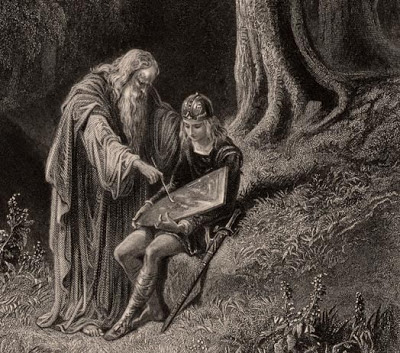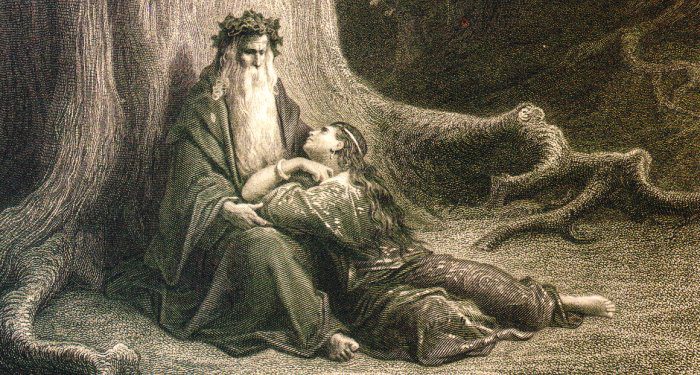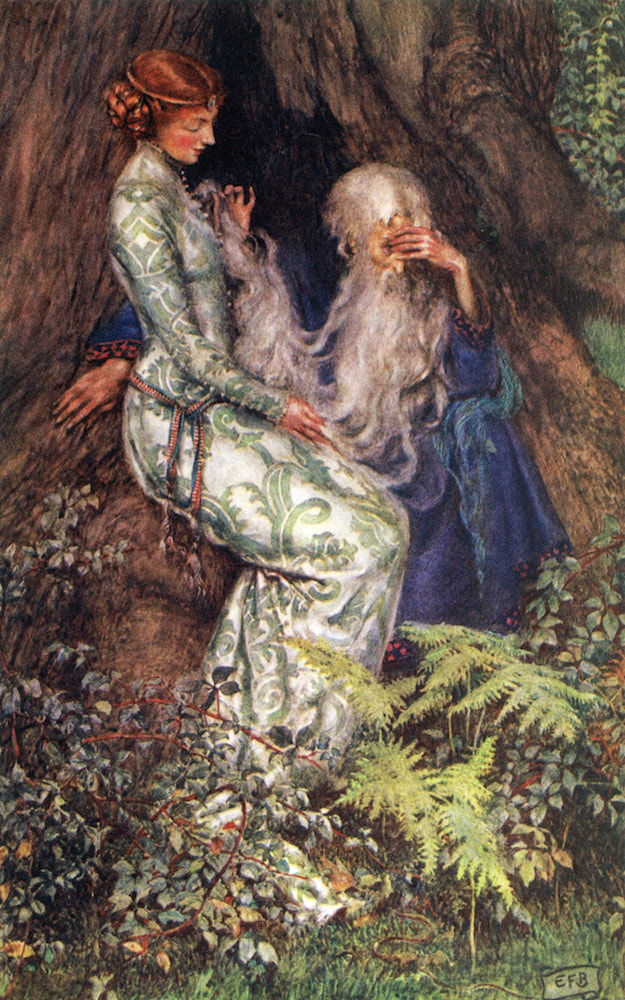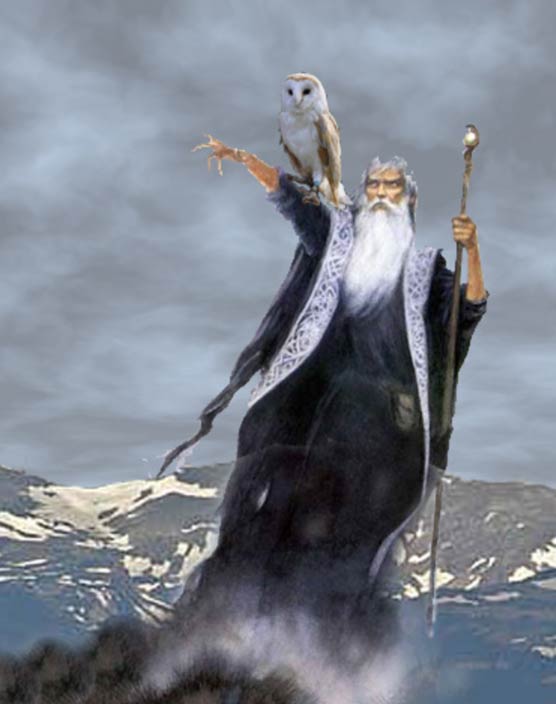skip to main |
skip to sidebar
 |
| Merlin and Arthur |
From
Ancient History:
Merlin (also known as Myrddin, Merlinus) is the great wizard of the Arthurian Legends best known from Sir Thomas Malory’s Le Morte D’Arthur (1469 CE). The character was created by Geoffrey of Monmouth in his History of the Kings of Britain (1136 CE) where he first appears as a wise and precocious youth with prophetic powers. The French poet Robert Wace (c. 1110-1174 CE) then translated Geoffrey’s work and added to it in his Roman de Brut(c. 1160 CE). Merlin was later featured as the central character of the Merlin by Robert de Boron (12th century CE) who cast him as a Christian prophet, and this depiction, with some variation, would continue in the Vulgate Cycle (1215-1235 CE) and the Post-Vulgate Cycle (c. 1240-1250 CE) to influence Malory’s final characterization of the seer.
In Malory, Merlin is Arthur’s mentor, instrumental in every aspect of his life from his conception to his education, his rise to power, and his vision of a kingdom ruled through justice and goodwill. Merlin is central to the lives of all the main characters of the legend, able to see both past and future, eager to advise and be of service, but unable to alter what he knows must be.
From his earliest appearance in medieval literature, Merlin has remained among the most popular characters in the legends. He may have originally been a fertility god or spirit, feared or revered for his great wisdom and magical abilities, and this concept of Merlin was revived in 19th-century CE romantic literature. Since then, he has appeared in or influenced numerous works of fiction, film, and other media, almost always depicted or referenced in this same way, as a powerful mage. (Read more.)
More
HERE.
 |
| Merlin and Vivian |
 |
| Vivian and Merlin |
Share





















No comments:
Post a Comment